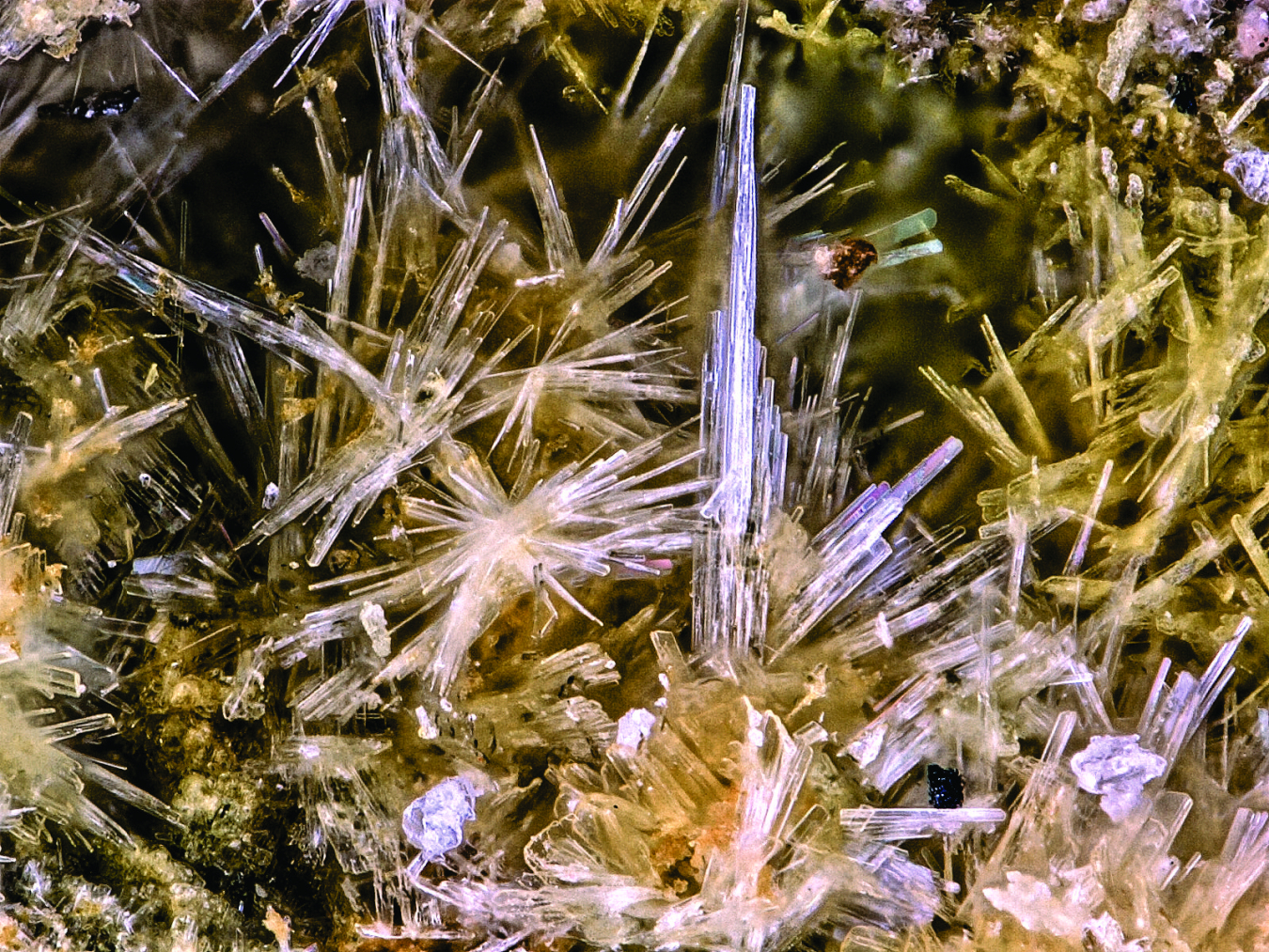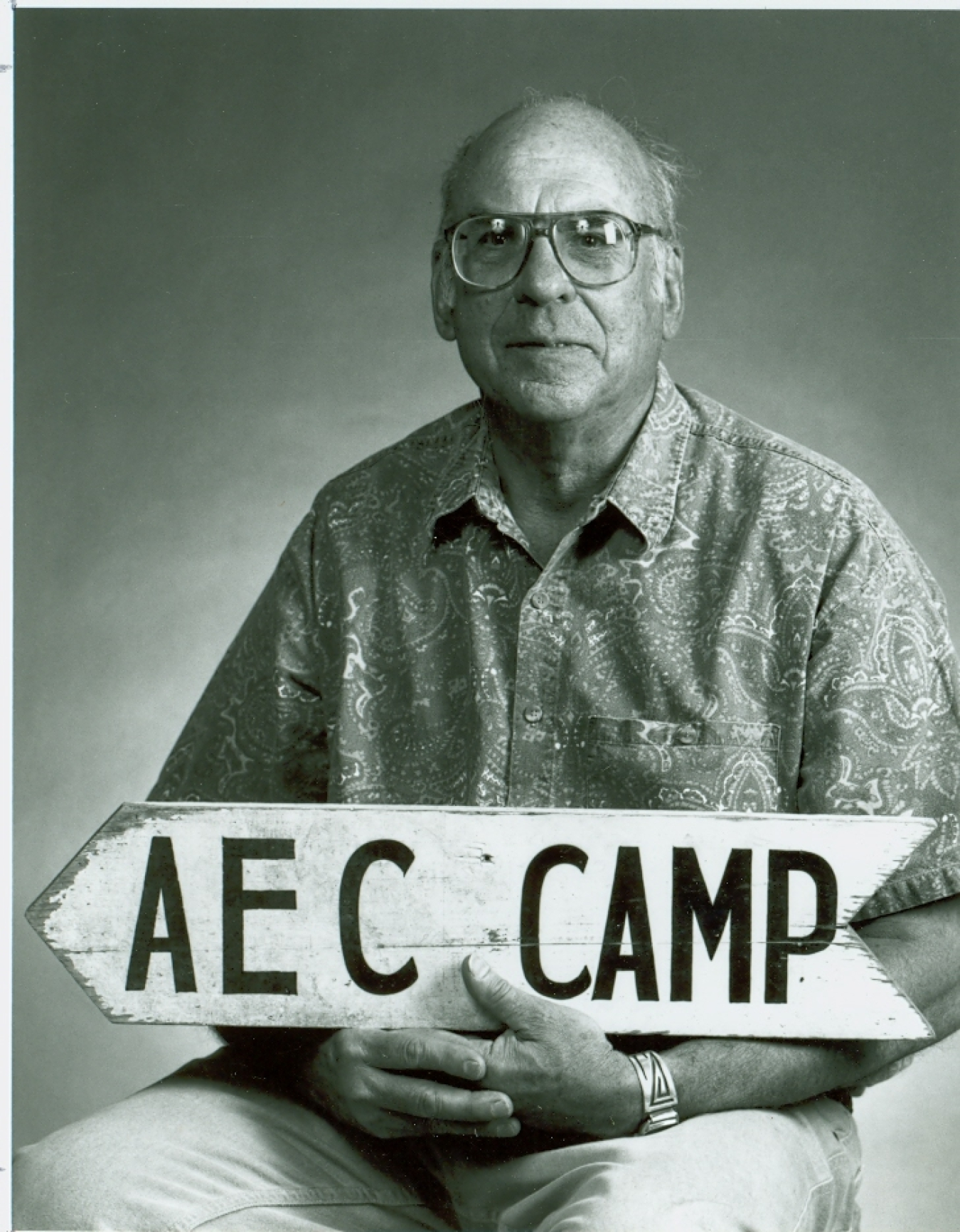International Mineralogical Association panel recently approved the name of a new mineral called “Chenowethite.”
February 23, 2023In October 2022, the International Mineralogical Association (IMA) Commission on New Minerals Nomenclature and Classification (CNMNC) approved the name “Chenowethite” for the newest discovered uranyl sulfate mineral, found in southeastern Utah.

A type of uranyl sulfate mineral found in southeastern Utah has been named “Chenowethite” in honor of geologist Bill Chenoweth, who retired from the U.S. Department of Energy in 1983.

Geologist Bill Chenoweth spent his career studying uranium deposits in the western United States, first for the U.S. Atomic Energy Commission and later the U.S. Department of Energy.
Chenowethite was named after uranium geologist William Chenoweth. Chenoweth spent his career studying uranium deposits in the western United States. He worked for the U.S. Atomic Energy Commission (AEC) in Arizona and New Mexico until 1964 and then in the Grand Junction, Colorado office, which now serves as the U.S. Department of Energy (DOE) Office of Legacy Management (LM) Field Support Center. Chenoweth retired in 1983.
While employed with the AEC, Chenoweth was responsible for AEC geological activities across 14 states. After retiring, Chenoweth consulted with the U.S. Department of Justice about the Radiation Exposure Compensation Act and became a research consultant for the New Mexico Bureau of Geology and Mineral Resources.
During his tenure with AEC and DOE, Chenoweth authored more than 150 reports on uranium mining history, geology, and resources in New Mexico, Colorado, Utah, and Arizona. In addition, Chenoweth authored two reports on the geology and production history of uranium deposits of the White Canyon district, where Chenowethite was found.
“The mineral was first discovered at the Blue Lizard mine in Red Canyon, Utah in 2013,” said Dr. Anthony Kampf, curator of the Mineral Science Department for the Natural History Museum of Los Angeles. “Subsequently, we also found it at the Green Lizard mine and the Markey mine, also in Red Canyon.”
Kampf has conducted research in mineralogy, crystal chemistry, and crystallography since 1972, first as a graduate student, then as a curator at the museum beginning in 1977, and, finally as curator emeritus since his retirement in 2011. Kampf has been the U.S. delegate to the CNMNC since 2008.
“Over the past 15 years, many new minerals have been found in the uranium mines in the White Canyon district of Utah (mostly in Red Canyon) and in the uranium mines in the Uravan Mineral Belt of Colorado and Utah,” Kampf said. “Chenoweth authored two of the most important publications on the deposits in these two areas, which is why we decided to honor him with the name.”
“We submitted a proposal for the mineral and its name to the CNMNC in June 2022, and it was approved by the commission in October 2022. The formal scientific paper describing Chenowethite was published in December 2022,” he said.
Classified as a relatively rare mineral, Chenowethite is a pale yellow-green color, with white streaks and long, brittle crystals that resemble spikes.
“We actually had a delay in the discovery and the formal description because we needed to find better crystals to complete the characterization,” Kampf said. “There have now been 42 new minerals first described from the mines in Red Canyon, and there are other potentially new ones that we are still studying.”
Although Chenoweth passed away in 2018, his work continues to be honored in exhibits and books. He was also a significant contributor to the Atomic Legacy Cabin in Grand Junction.
Learn more about Chenowethite here.

